What’s New at the Foundation
News
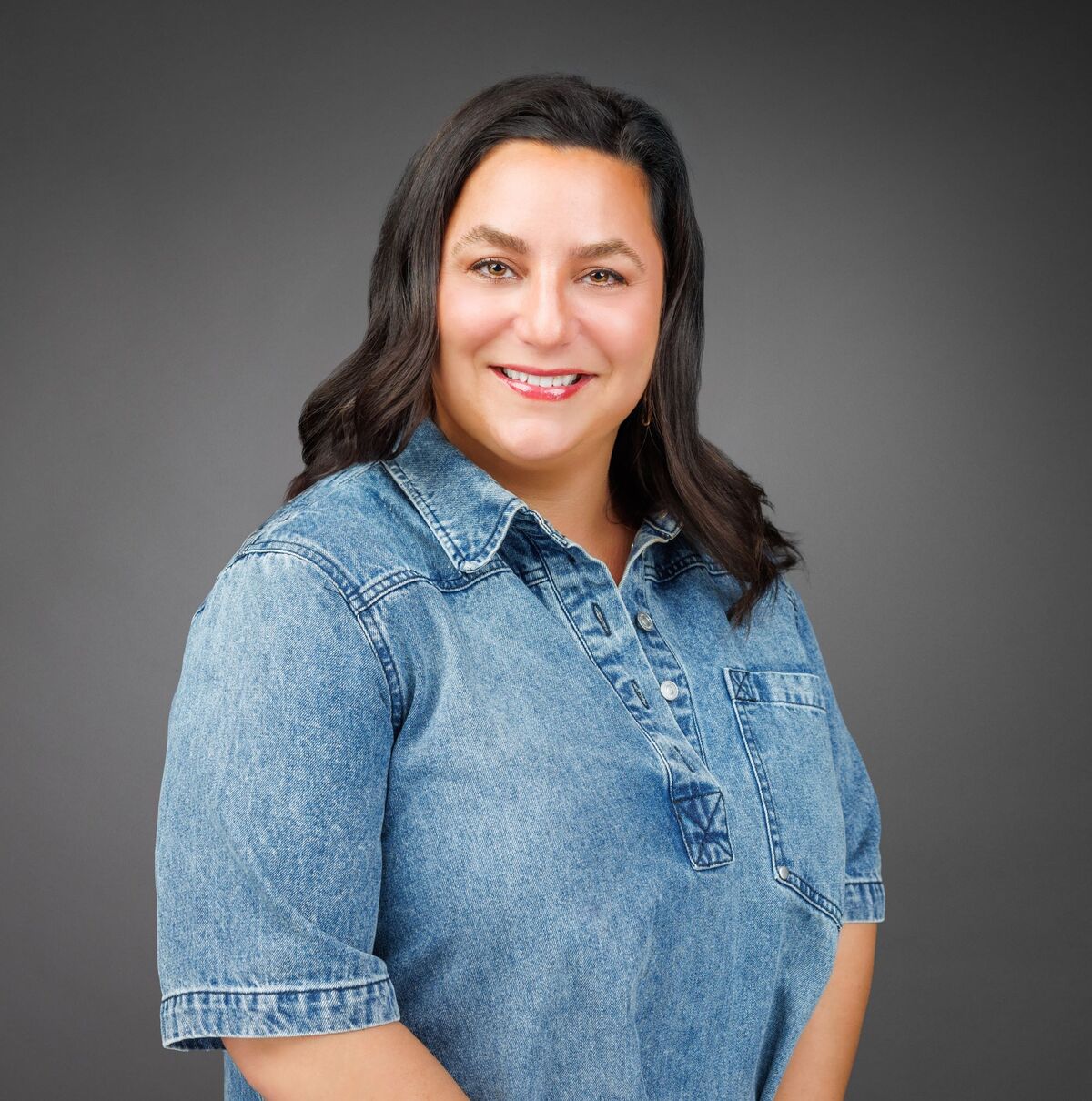
Welcome Jill Roy!
Welcome Our New HIGHER Fund Impact Officer, Jill Roy!
The Foundation is excited to welcome Jill Roy to our team as the new HIGHER Fund Impact Officer! Jill brings both a personal passion and a deep c...
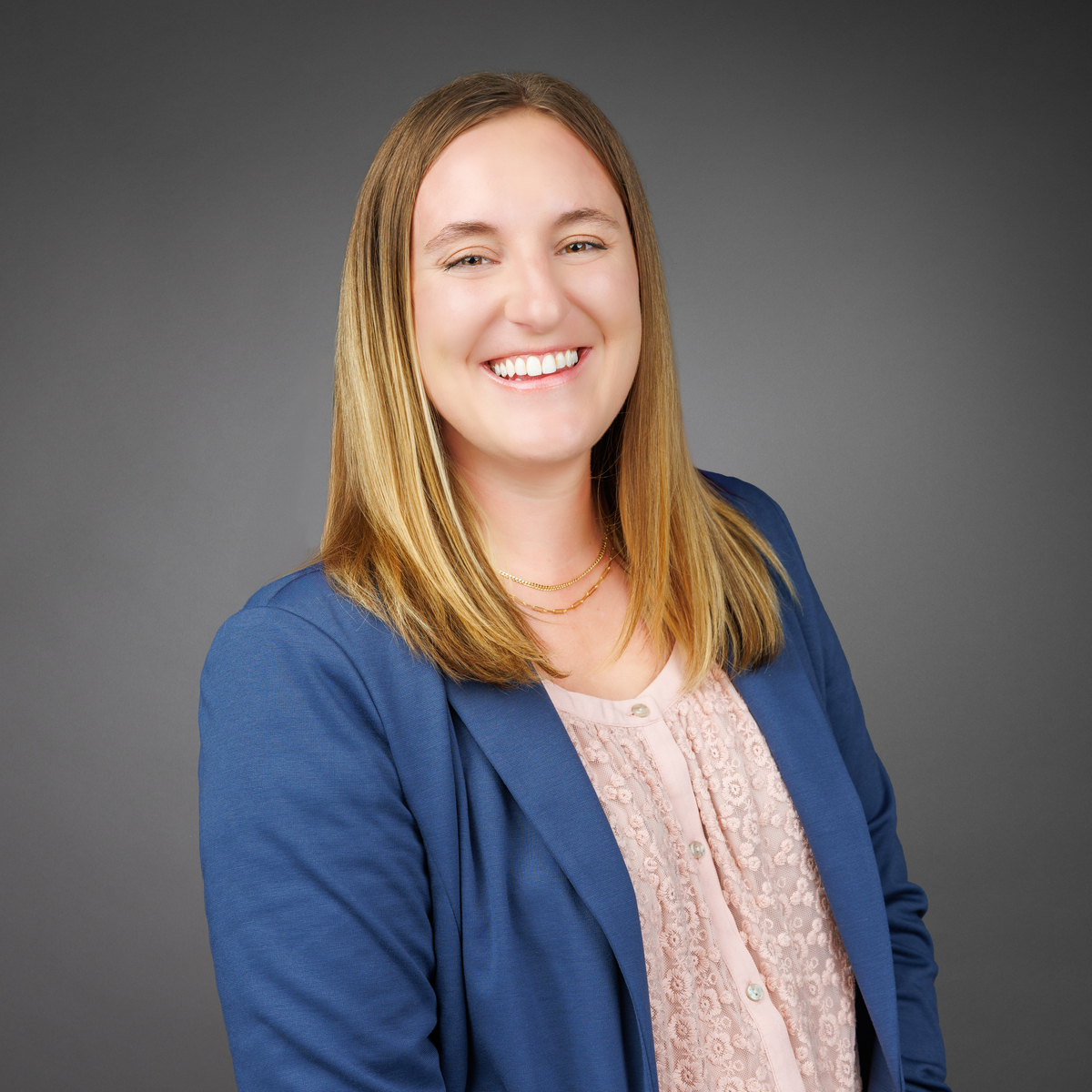
Welcome Meghan Hartman!
A Warm Welcome to Our Communications Manager, Meghan Hartman!
We’re excited to share that the Foundation team is growing! Please join us in welcoming Meghan Hartman as our new Communications Manage...
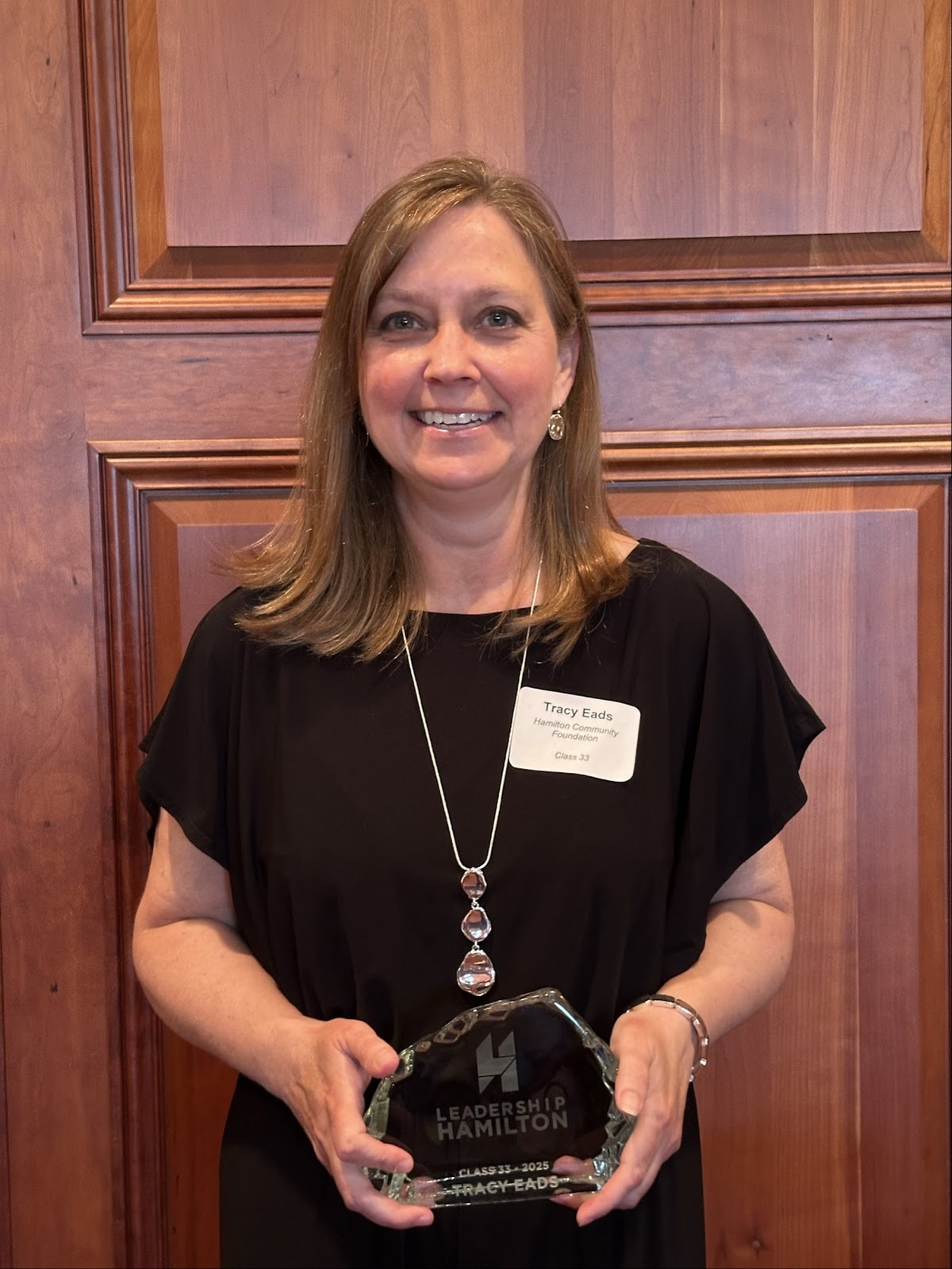
At the Hamilton Community Foundation, we’re always inspired by the power of community leadership—and the 2025 Leadership Hamilton class just gave us another reason to celebrate.
This year’s class inc...
Talking Philanthropy on the Jungle Jim's Podcast
We were honored to be invited to the Jungle Jim’s Podcast to represent our affiliate, the Fairfield Community Foundation, and discuss the impact of local philanthropy and the vital role the Foundation...
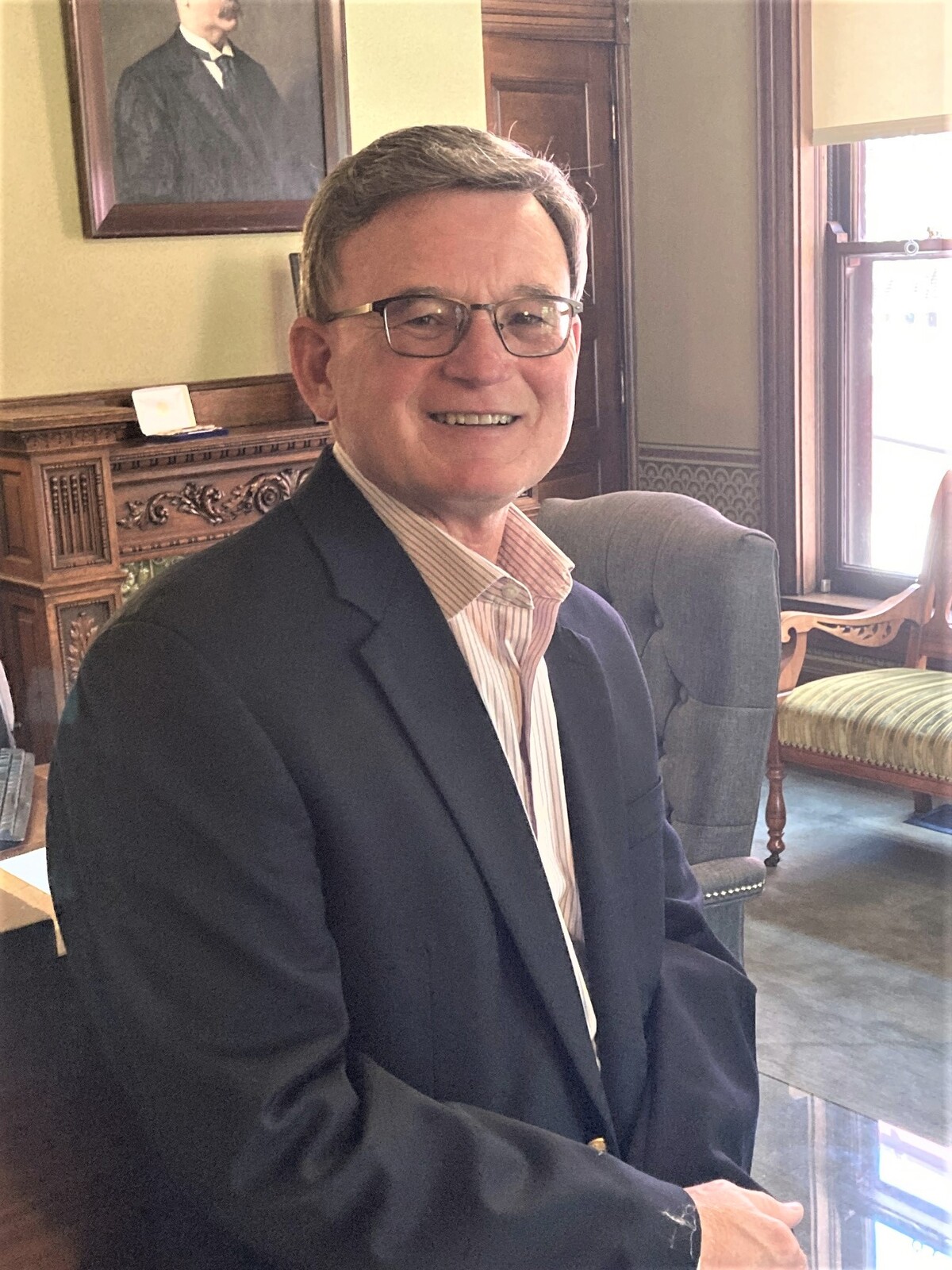
Reflecting on 25 years of service to the Foundation
An open letter from John Guidugli, President & CEO of the Foundation, originally published in fall 2024.
I remember the first time I visited the offices of the Hamilton Community Foundation in 1999. ...
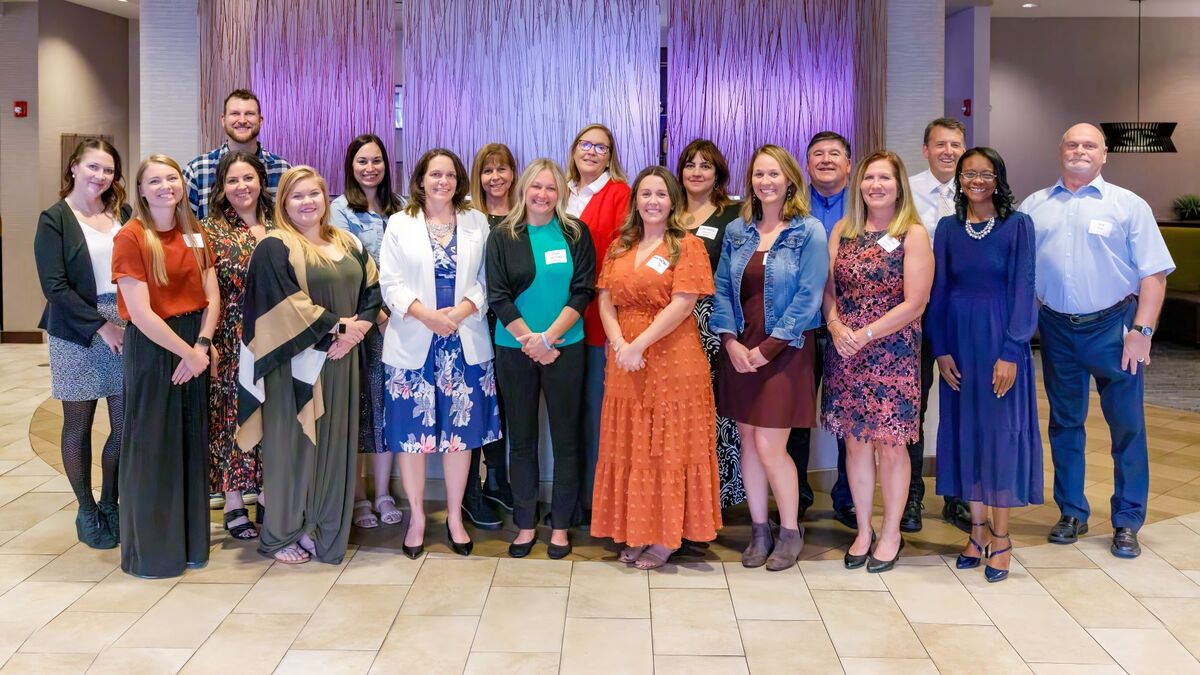
Harry T. Wilks Hamilton Celebrates Education event scheduled for October 23
Thanks to the generosity of the Harry T Wilks Foundation, 19 local educators will be recognized at the 22nd Annual Harry T....
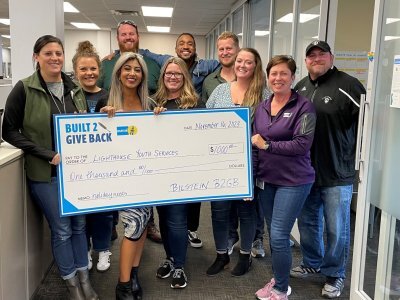
What began with contributions of $20,000 in 2014, has grown into a more than quarter million dollar powerhouse for corporate philanthropy in our community. The Built 2 Give Back fund allows their emp...
.jpg)
Welcome Tracy Eads
Welcome Our New Community Investment Officer, Tracy Eads!
The foundation’s team is growing again! We are super happy to introduce our new Community Investment Officer, Tracy Eads. As she is kindheart...
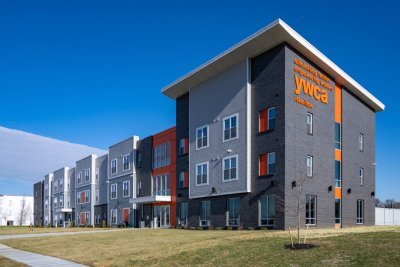
Nonprofit organizations play an essential role in our society. They provide vital services and programs that support the community and individuals in need. However, running a nonprofit organization ca...

Welcome Alex to our Team
A Warm Welcome to Our New Donor Service Officer, Alex Johnson!
The Foundation's team has expanded. We are incredibly excited to announce the addition of Alex Johnson, who will be serving as our ne...



